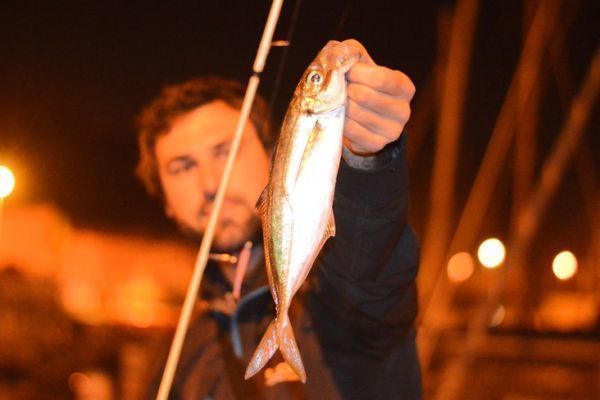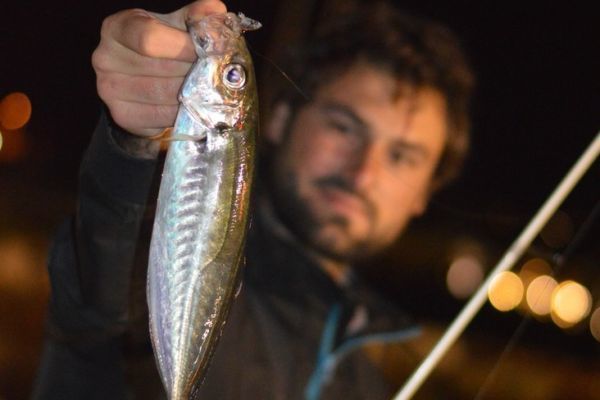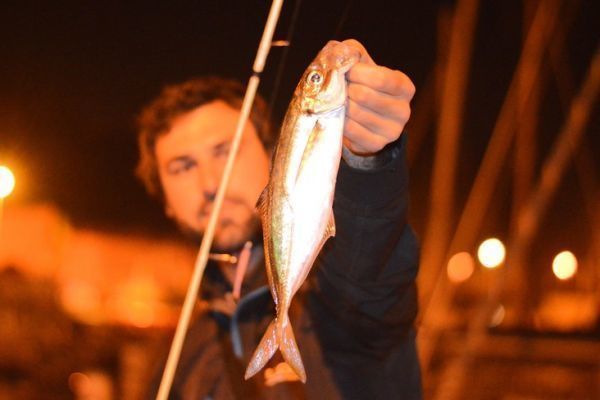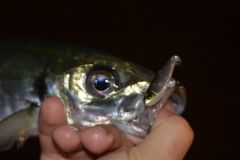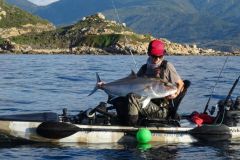Solid tip rods for rockfishing or street fishing have been widely popularized in France via models originally designed for stalking horse mackerel in Japan. In addition to the pleasure these rods provide, they are very sensitive and supple, which is a precious advantage when fishing for horse mackerel.
The importance of a full tip
For maximum pleasure and efficiency, you need the right equipment. The most important element is undoubtedly the rod. The power of the rod should be UL or L (Ultra light to light), to match the light weights of the lures used.
A full tip is finer and more sensitive, allowing you to feel even the slightest touch (horse mackerel have the unfortunate tendency to suck in the lure and spit it out, generating only a micro-touch). What's more, the lure's bite is better with a soft full tip. Having a sensitive rod with a full tip means more bites and more catches.
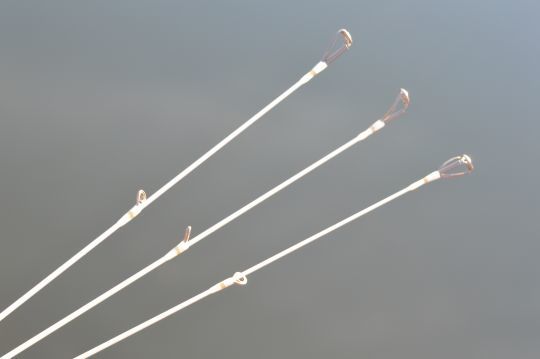
Another technical advantage of the full tip is its smooth, progressive action. The action imparted by the full tip will dampen rushes and head strikes and prevent the horse mackerel's mouth from tearing. As we have seen, horse mackerel have extremely fragile mouths. If your rod is too stiff, you will almost systematically unhook the fish.
Last but not least, the full tip adds a very important point: pleasure. In fact, the rod even works with small fish. That's the most important thing of all.
The right combo
In addition to a full tip, your rod should be at least 2.10 m long, to give you better control over small lures and avoid too fast an action. To finish with the rod specifications, I much prefer white blank rods for this type of fishing. This makes it easier to see and feel the quiver-tip, and in my opinion contributes greatly to the overall effectiveness of the rod.
To balance your rod, use a small-capacity reel, size 1000 or 2000. The most important thing is that it has a very soft and progressive drag, so as to absorb as much of the horse mackerel's action as possible. The drag should be very light, so as to let the line escape at the slightest rush from our valiant fighter. To fill your reel, I prefer to use coloured braid in 6 to 10/100, which is more sensitive and finer.
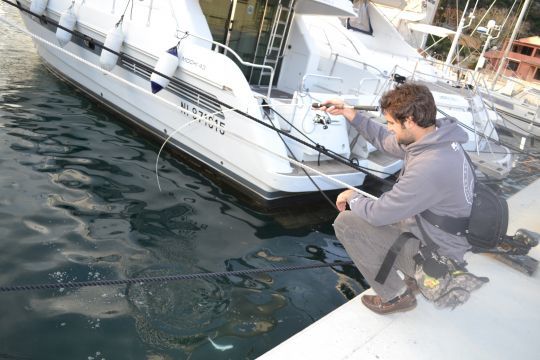
However, there are two schools of thought. As we've seen, once the horse mackerel has been hooked, it's vital that the whole line is capable of cushioning the fight with this nervous fish. The braid, which is not very elastic, is a bit of a weak link when it comes to cushioning. I compensate for this by loosening the reel brake even further. For those afraid of hooking horse mackerel, I recommend fluorocarbon, which combines sensitivity, elasticity (even if it's weaker than nylon) and abrasion resistance. In all cases, the leader should be 16/100 to 20/100 fluorocarbon, which will be discreet and let your lure work perfectly.
Your turn to play
If you follow these few tips and make sure you have the right tackle, you'll be able to catch a lot of this formidable adversary, which is both fun and technical to fish.

You'll then be hooked on the "light game", the fun Japanese approach to light seaside fishing. Finally, a word of advice: as this type of fishing is often practised in winter and at night (at least, that's what I do), don't forget to bring several layers of warm clothing, as well as a headlamp, which will guarantee a successful session!

 /
/ 